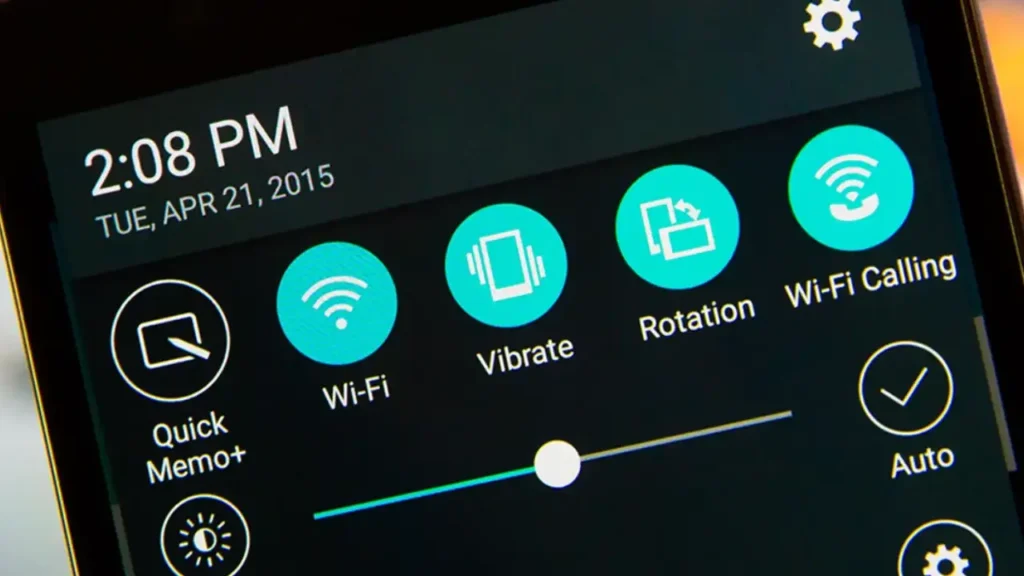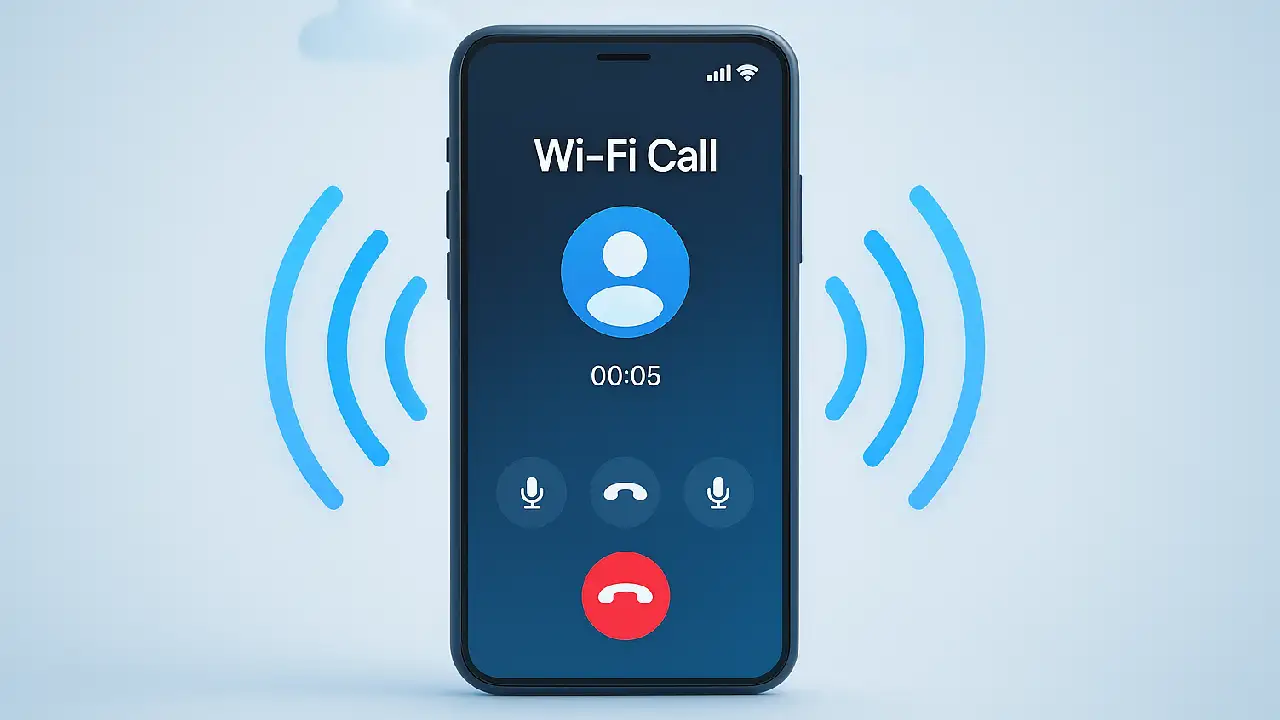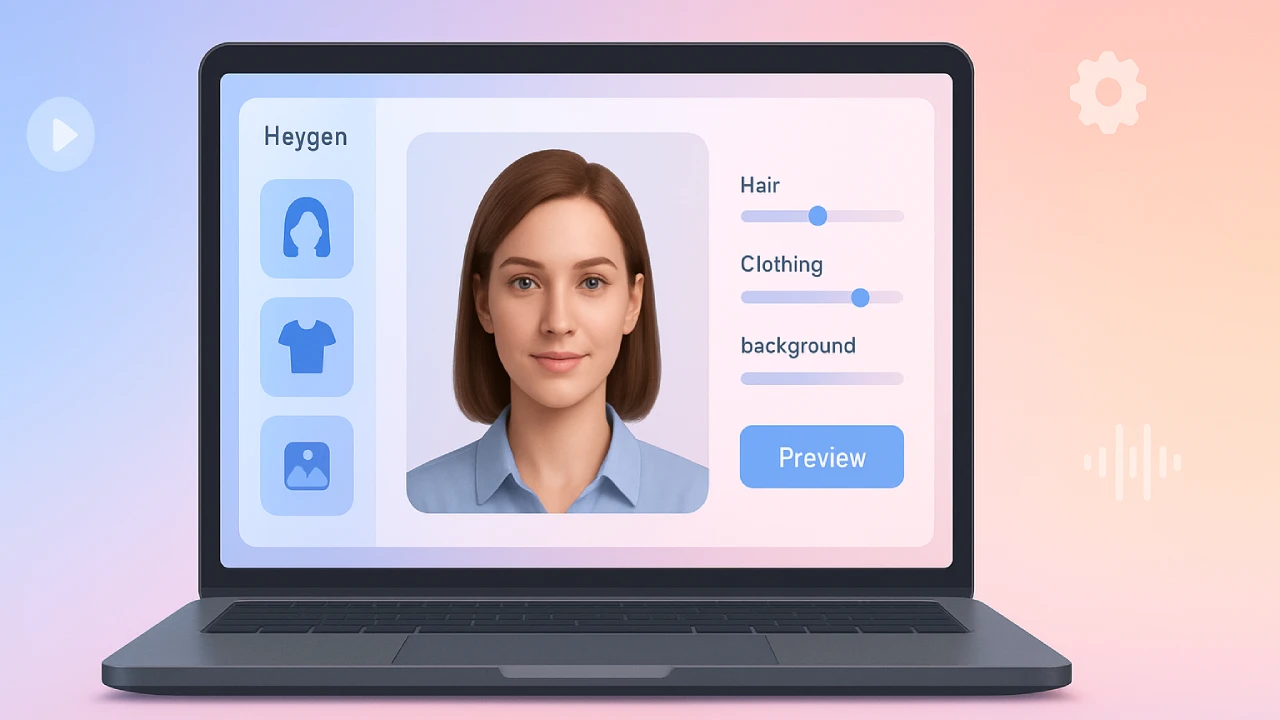Unlock crystal clear voice calls indoors and abroad learn what WiFi calling is, how it works, and why it’s essential in 2025.
Have you ever been in a basement or a rural region with no cell service but Wi-Fi and suddenly your call connects perfectly? That’s the cool thing about WiFi calling.

We’ll talk about what WiFi calling is, its benefits, how it works, and some real-world examples of how to utilize it in this blog. We tried out many gadgets and providers to give you a simple, humanized explanation. You will know at the end why Wi-Fi calling is becoming necessary for smooth communication, especially in India and around the world.
What Is Wi‑Fi Calling?
WiFi calling is a service that lets cellphones make voice and video calls over a Wi-Fi network instead of just using cell towers. It combines the ease of connecting to the internet with the familiarity of your phone’s built-in dialer. There are no other apps or complicated setup steps.
Key Features and Benefits of Wi‑Fi Calling
Using WiFi calling delivers several clear advantages:
- Improved indoor coverage – Basements or concrete-walled rooms no longer block your calls.
- Clear audio quality – Digital transmission over broadband yields fewer drops and crackles.
- No need for third‑party apps – Use your regular phone app; no downloads required.
- Seamless roaming – Stay connected internationally without expensive roaming plans (subject to carrier terms).
- Emergency services support – E 911 service works over Wi‑Fi, linking your location to first responders.
How It Works – Behind the Scenes of VoWi‑Fi
WiFi calling, also called VoWi‑Fi (Voice over Wi‑Fi), combines cellular-level protocols with internet infrastructure:
- Registration: When you enable Wi‑Fi calling, your phone registers with the mobile carrier via IP-based authentication.
- Session Initiation Protocol (SIP): Your device communicates with your provider’s SIP server to establish and manage the voice session.
- Voice Transmission: Calls are typically encoded with high-definition codecs like AMR-WB, optimizing sound quality. The voice data is carried over Wi‑Fi and encrypted, then routed to the carrier’s IP Multimedia Subsystem (IMS).
- Interoperability: IMS connects the call to traditional PSTN or mobile networks as needed, so it behaves like any regular call—for you and the recipient.
- Handover to Cellular: Advanced implementations can automatically switch between Wi‑Fi and cellular without dropping the call, using standards like SRVCC (Single Radio Voice Call Continuity).

Use Cases: When WiFi calling is a Game Changer
- Deep-basement dwellers: Apartments and offices with poor cellular reach benefit immensely.
- International travelers: Calling home over Wi‑Fi abroad avoids roaming charges.
- Rural locations: In areas with limited cell towers but with broadband, Wi‑Fi calling is a lifeline.
- Smart home setups: Relying on mesh routers? Wi‑Fi calling keeps calls crystal clear anywhere at home.
Pros and Cons of WiFi calling
Pros
- Free and integrated into your existing plan
- Superior voice quality in good Wi‑Fi zones
- Supports emergency location services
Cons
- Quality depends on your broadband stability
- Some carriers in India may disable it or restrict usage
- Possible limitations on texting or international SMS (depends on provider)
- IP-based protocols might introduce minimal latency
Setup Guide: How to Enable WiFi calling
- Check compatibility: You need a supported phone and an activated carrier plan.
- Connect to Wi‑Fi: Ensure a stable broadband connection.
- On Android:
- Go to Settings → Network & Internet → Mobile Network → Wi‑Fi Calling → Turn on.
- Go to Settings → Network & Internet → Mobile Network → Wi‑Fi Calling → Turn on.
- On iPhone:
- Go to Settings → Phone → Wi‑Fi Calling → Turn on.
- Go to Settings → Phone → Wi‑Fi Calling → Turn on.
- Make a test call: You’ll see “Wi‑Fi” next to the carrier name, or the call will show zero cellular bars.
Best Practices for Seamless Performance
- Use stable broadband: Minimum 1–2 Mbps upload/download is ideal.
- Optimum router placement: Centralize your router for better reception.
- Upgrade to dual-band or mesh Wi‑Fi: Reduces congestion and supports better handoff.
- Keep your firmware updated: Both phone and router updates enhance compatibility.
Conclusion
Wi-Fi calling is a great feature that keeps you connected even when the cellular coverage is weak. Wi-Fi calling gives you better indoor coverage, clearer audio, and smooth roaming, all using your standard phone app. It’s a big deal for both city dwellers and vacationers in India. Have you used Wi-Fi calling yet? Please tell us about your experience in the comments, and feel free to read our other postings about how to improve indoor connectivity.







